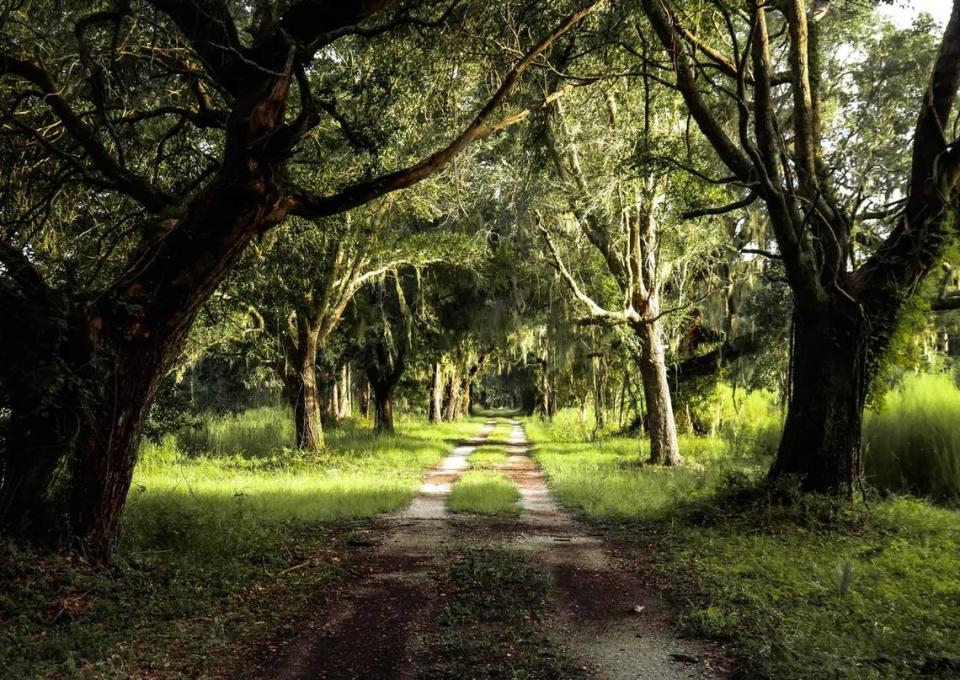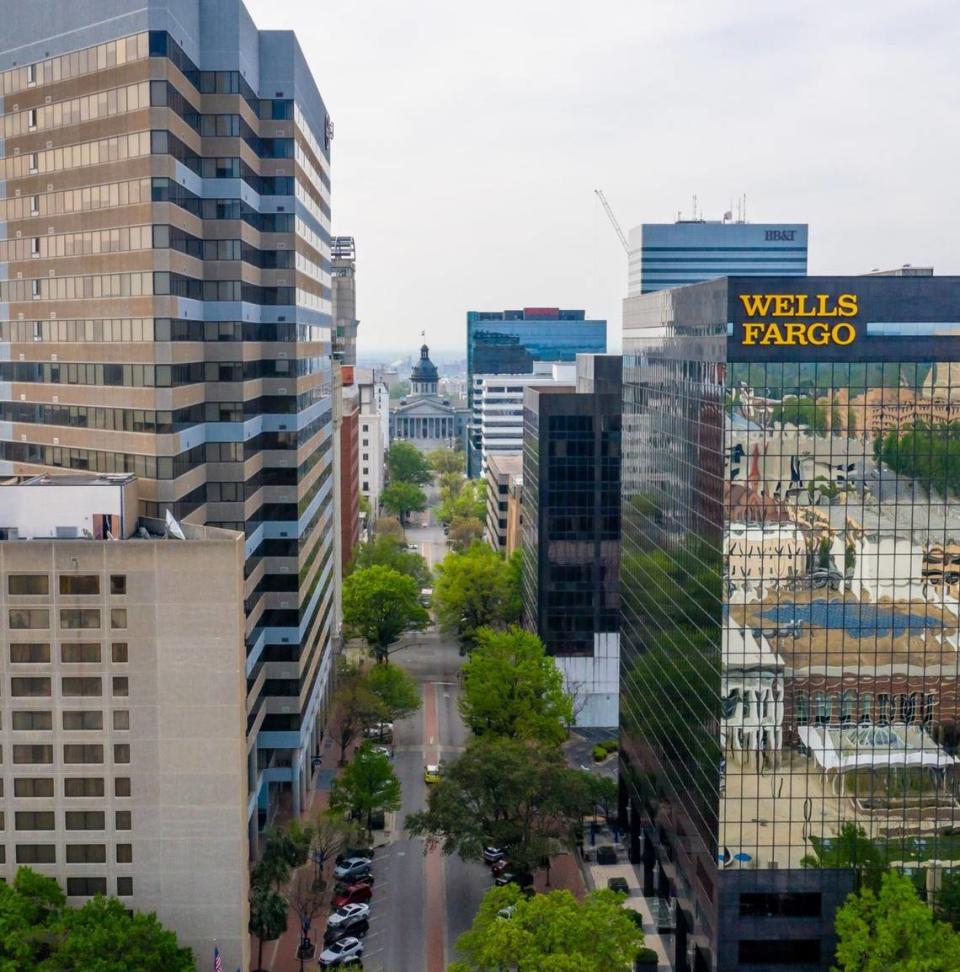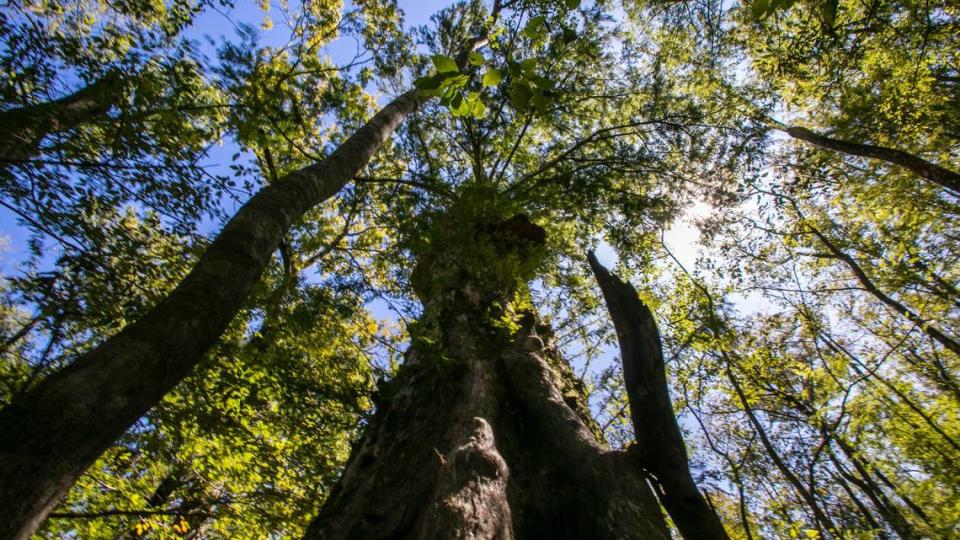Here’s your guide to the 4 unique regions of SC and what makes each one great
Have you ever been puzzled when someone references a certain region of South Carolina and you’re unsure where they mean?
South Carolina, has the nickname “The Palmetto State,” but other parts of the state carry unique names too.
In fact, locations within South Carolina are frequently referenced after splitting the state into four different regions and by their own nicknames.
These regions encompass the state’s lower coastal area, mid-state, northeastern parts and the upper northwest.
The names they go by are the Lowcountry, the Midlands, Pee Dee and Upstate.
Each regional area has unique historical importance and vast geographical differences that make each section stand out among, not just the other regions but also, the rest of the country.
Lowcountry
The South Carolina Lowcountry extends beyond just Beaufort County.
The Palmetto State’s Lowcountry region refers to the most southeastern area of the state and is comprised of 11 different counties, which include: Beaufort, Charleston, Colleton, Dorchester, Hampton, Jasper, Allendale, Bamberg, Orangeburg, Calhoun and Berkeley counties, according to SC.gov.
Occasionally Barnwell County is also included.
The term Lowcountry was created to describe the area as a majority of the region is not only located in the lower portion of South Carolina, but the land is also closer to sea level and is sunk lower into the water. Hence why the land has an abundance of wetlands and salt marshes.
In addition, the Lowcountry region of South Carolina is rich with history and a heavy geographical difference to the rest of the state.
The area is heavily characterized by its unique salt marshes that create a winding entanglement of shallow waterways, white sand beaches, native live oak trees that may be older than the average person, an abundance of Spanish moss, and palmetto trees all set this specific region apart from the rest of the state.
Maintaining and conserving the area’s abundant natural beauty is a priority in the Lowcountry.

As for the primary culture surrounding the region, the Gullah-Geechee traditions are heavily present, reflected in the food and arts.
This influence can be seen in practices such as the creation of sweetgrass baskets and arts as well as cuisine containing a combination of rice and seafood.
The art of sweetgrass basket sewing has been passed down for generations and is becoming an increasingly dying art as it is specific to the region.
Midlands
The Midlands region of South Carolina features the state’s capitol, rolling hills, historic sites and miles of riverbanks along the Saluda River.
The Midlands, called as such because it’s located right in the middle of the state, is home to Columbia, the state’s capital, as well as a plethora of forested areas.

SC.gov describes the region as including Aiken, Barnwell, Chester, Edgefield, Fairfield, Kershaw, Lancaster, Lexington, Newberry, Richland, Saluda, and York Counties.
Each county features its own unique activities such as the heavy equestrian influence in Aiken, historical sites in Columbia and kayaking in the 200 mile-long Saluda River.
Revolutionary War sites are also present in this region.
Pee Dee
The Pee Dee region of South Carolina is found in the northeastern region of the state and includes recognizable cities such as the Myrtle Beach area and Florence.
“The cultural & political significance of the Pee Dee people to the area is why Europeans named the Pee Dee River & the Pee Dee region of South Carolina after the tribe,” reported peedeetribe.org.
The Pee Dee people are a small Native American tribe located along the Pee Dee River within northeastern South Carolina’s Pee Dee region.
Although today the tribe consists of less than 150 enrolled Pee Dee, the tribe was once a profound cultural and political power in the region.
The PeeDee region of the Palmetto State includes Chesterfield, Clarendon, Darlington, Dillon, Florence, Georgetown, Horry, Lee, Marion, Marlboro, Sumter, and Williamsburg Counties, according to SC.gov.
Aside from vacation locales such as Myrtle Beach, the region is home to several wildlife refuges, historic sites, gardens, museums and more.

Upstate
Upstate South Carolina can be found in the furthermost northwest part of the state.
The area is also sometimes referred to as Piedmont.
The Upstate region of the Palmetto State is said to include the counties of Abbeville, Anderson, Cherokee, Greenville, Greenwood, Laurens, McCormick, Oconee, Pickens, Spartanburg, and Union, as reported by SC.gov.
This mountainous region is at the top of the state and features the Blue Ridge Mountains, which stretch outwardly toward Georgia and West Virginia.
In Upstate South Carolina, Greenville offers visitors an abundance of shopping and arts. Other popular areas in this region include Spartanburg, where the Denny’s headquarters can be found, and Clemson, home of Clemson University, which was founded in 1889.

